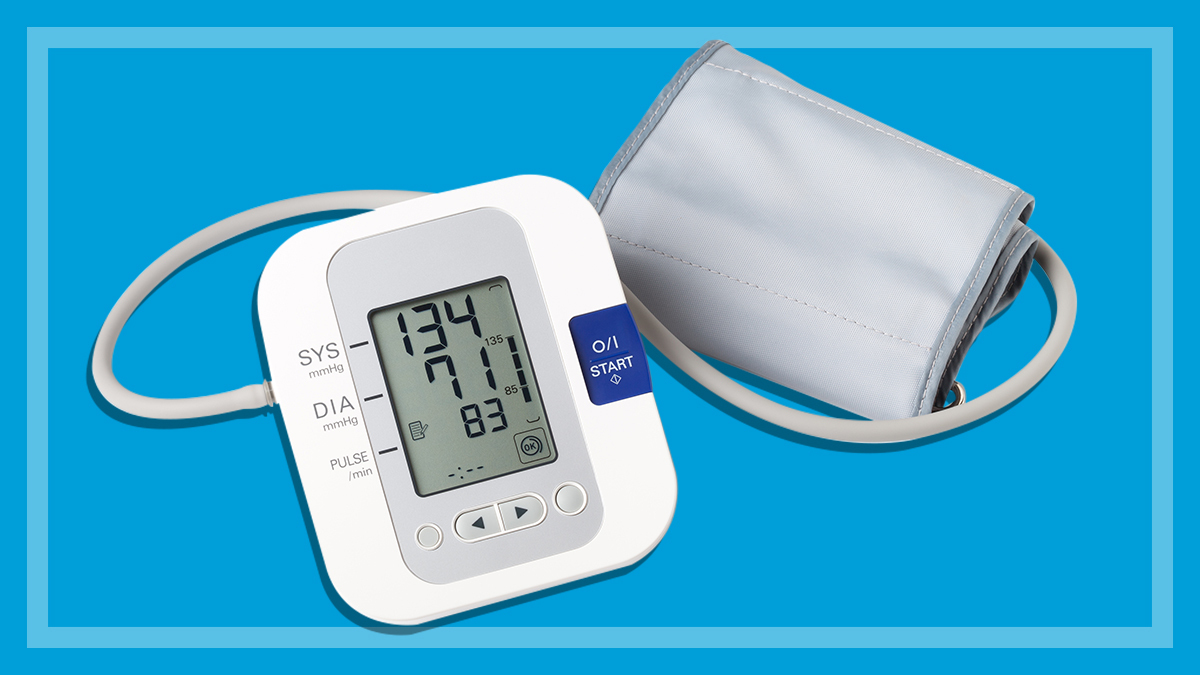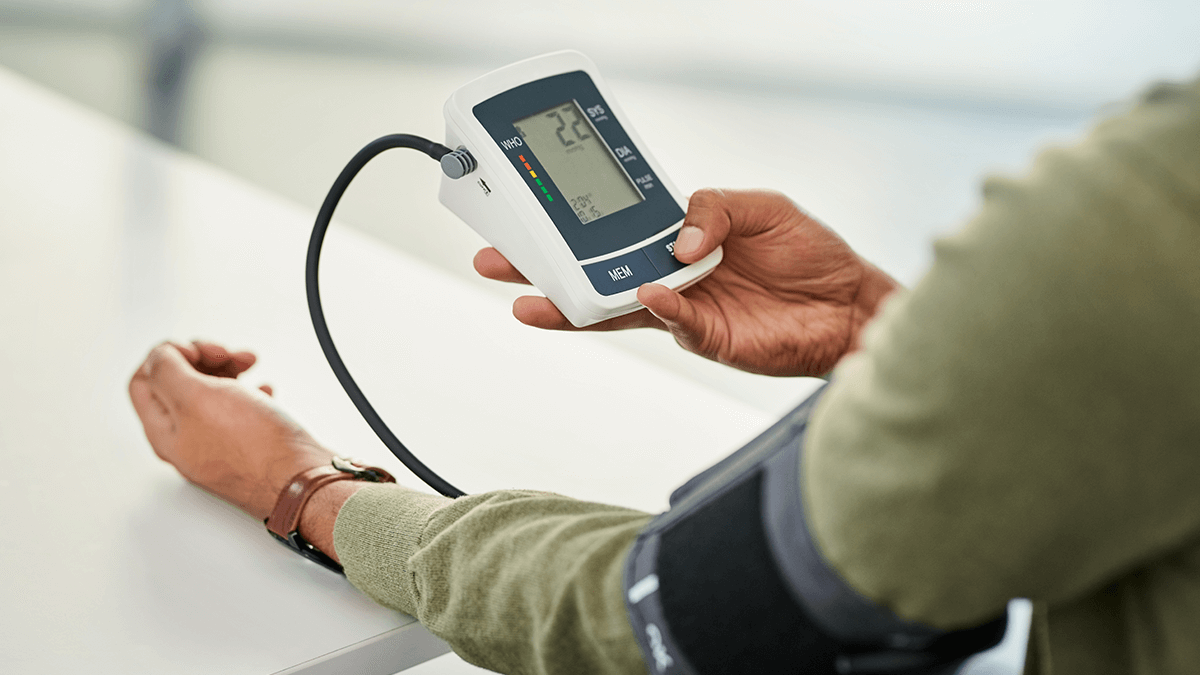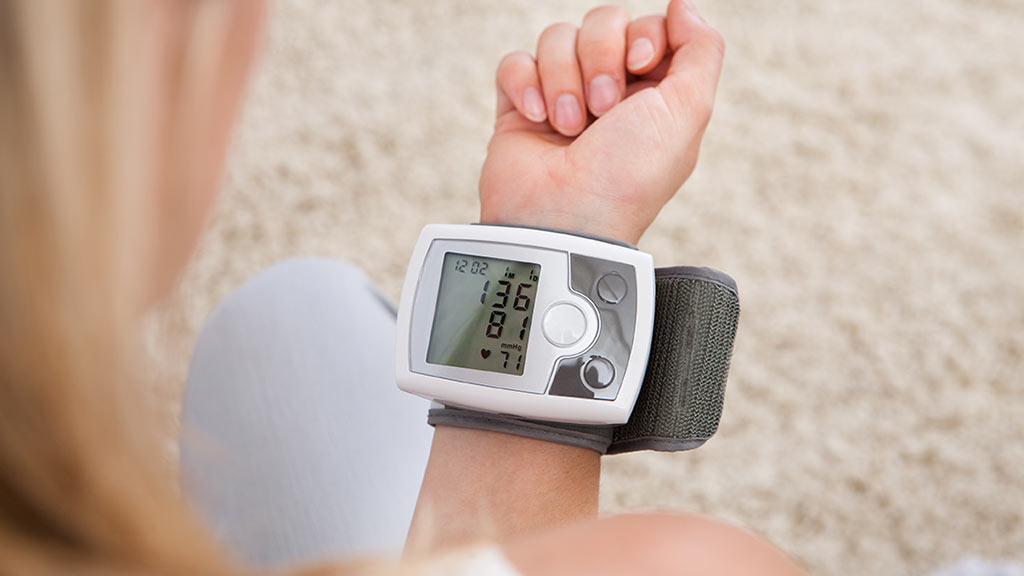Get our independent lab tests, expert reviews and honest advice.
First look: GroundingWell grounding socks
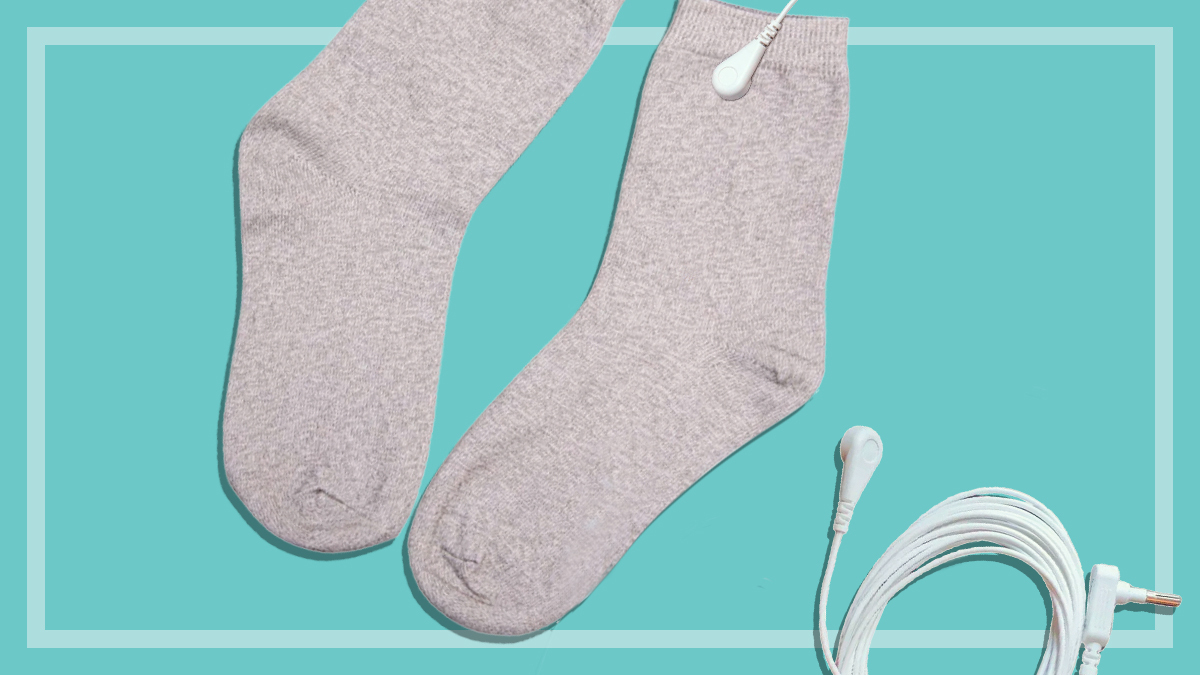
CHOICE verdict
The practice of grounding claims to offer physical and mental health benefits by connecting you into the Earth’s natural energy. Supporting evidence for these claims is dubious at best. These socks supposedly deliver the same outcomes indoors when you tap into the grounding socket of a power point. In our experience, they don’t. In fact, they don’t really do anything.
Price: $40
Contact:
groundingwell.comDid you know that humans aren’t too far removed from the DNA of a toaster? It’s true, at least according to the folks at GroundingWell, who believe that our bodies’ energy is similar to household appliances. They claim that, like appliances, we also need to be grounded, albeit for health and wellness reasons.
Practitioners of grounding claim that humans accumulate electrons throughout the day. These pesky sparky boys supposedly cause all sorts of issues with inflammation, metabolism, blood circulation, immunity, mood, anxiety, sleep patterns and general pain.
They claim that, like appliances, we also need to be grounded, albeit for health and wellness reasons
Grounding yourself to the Earth – aka touching grass – is supposedly the solution, but that practice has apparently been lost to time with the invention of shoes. Plus, some folks can’t go outside and stand on the ground all day, whether that be due to limited accessibility, disability or lack of access to green spaces.
Feeling a little microwave-y, or perhaps a bit hairdryer-ish lately? GroundingWell Socks claim to be the answer. But their only real trick is leaving your wallet worse for wear.
What are grounding socks?
Grounding products tap into the earth socket of a power outlet, so you can expel and replace electrons without having to go outside. You can get floor mats, bedsheets, socks and more that keep you grounded, as long as they’re plugged in and in contact with your skin.
These particular socks plug in via a push-button pin, and include 20% silver fibre to assist with conductivity (among other things). All you need to do is put the socks on, hook them up and wait while grounding replaces your electrons.
Do the grounding socks work?
Based on our experience with the GroundingWell Socks, no. Though the socks do ground and discharge your electrons (as confirmed with a Fluke 177 digital multimeter), grounding itself doesn’t live up to any of its claims.
We wore the socks twice over the course of two days for an hour at a time while seated and lying down. GroundingWell doesn’t appear to specify minimum or maximum time limits for optimal grounding. The socks failed to help with the following claims made on the GroundingWell website:
- Faster healing, muscle recovery and bones and joints following a workout: Recovery occurred at the same rate the following day without a GroundingWell Sock.
- Pain alleviation: Pain persisted in right knee and right shoulder during and after grounding.
- Foot odour: We wore one grounding sock and one regular sock in leather boots. They each smelled the same after a day of use.
- Anti-aging effects: We still look old.
- Mood improvement: We’re still stressed about the mortgage.
Foot, wear?
Turns out the socks have another Achilles heel – the build quality. The grounding cord is very hard to attach and detach from the connection pin, which could be a problem for people with limited dexterity, pain and inflammation issues or limited strength. In other words, the kind of customers that GroundingWell is targeting.
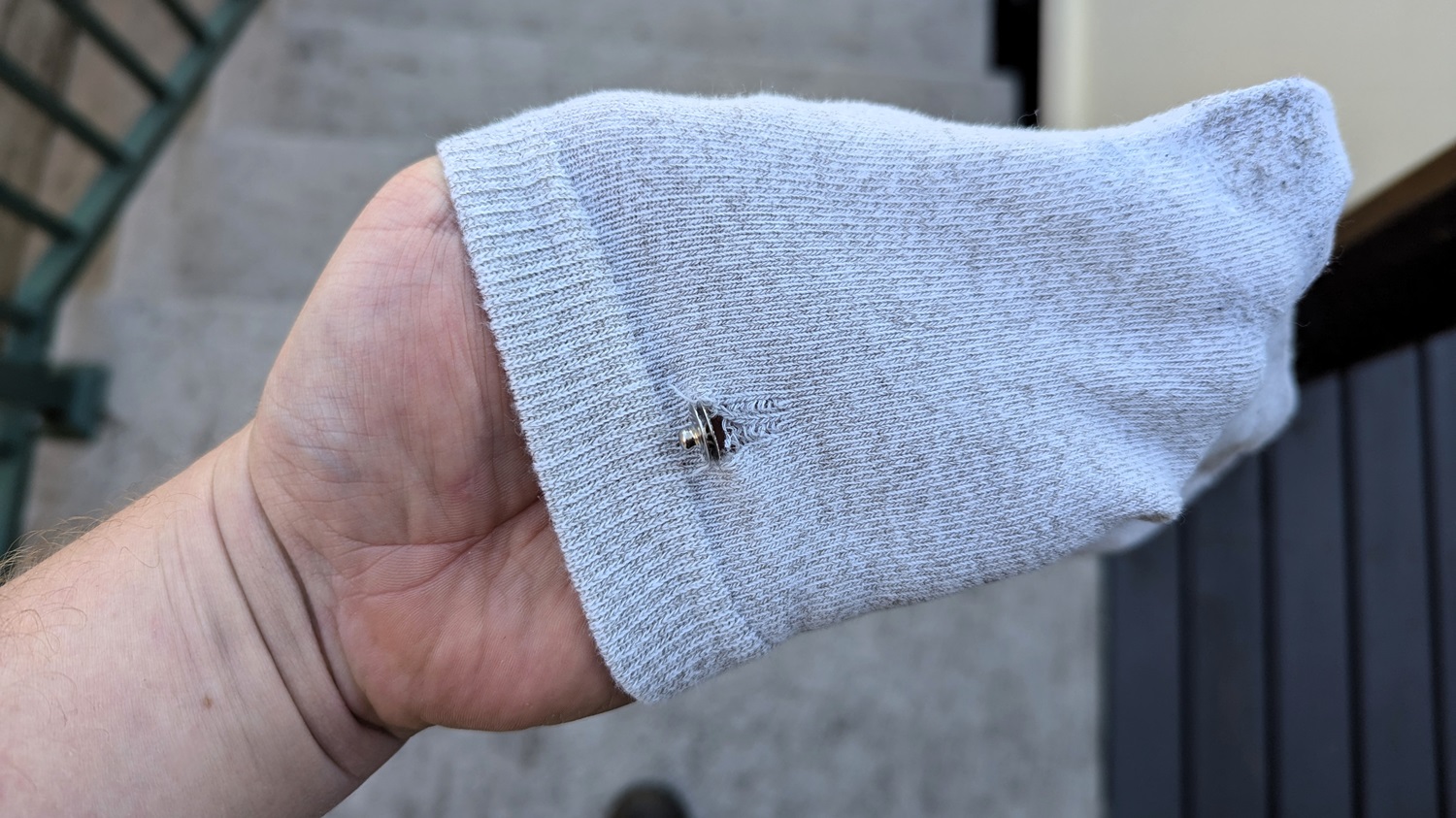
They’re also poorly made. The connection pin tore off the fabric after just two grounding sessions during our review, rendering one sock completely useless – more so than before.
Does grounding science stack up?
Despite the claims, there’s no evidence that humans operate like appliances. The research oversimplifies how energy works, according to Carl Mihalilovich, our in-house expert who has over 30 years of experience in electronic test labs, including 20 years with Australian electrical safety standard committees.
“You do need electrical signals to function but that’s internal to your body,” he says. “It’s not clear how a current flowing between your body and the Earth provides any real health benefit. At best this is current flowing from your skin to Earth via a reasonably high resistance cable.”
You do need electrical signals to function but that’s internal to your body
Carl Mihalilovich, CHOICE electronics expert
The cable claims to have a resistance of 100 kiloohms, supposedly for safety reasons. But GroundingWell’s explanation is another oversimplification that 1) isn’t true as it’s actually around 9.7 kiloohms, and 2) isn’t necessary, according to Carl. “Even 9.7 kiloohms is higher than what’s generally required to provide an effective earth connection, based on the requirements of electrical safety standards,” he says.
Plus, grounding doesn’t actually replace electrons. It only discharges you in an instant then stops any flow of energy until you disconnect. “You’re simply discharged and remain that way until you disconnect then charge back up again, for want of better words,” explains Carl. “It’s like an anti-static wrist strap worn while repairing electronics, PCs and so on.”
Shaky evidence
The research cited by GroundingWell is pretty questionable as well. Studies often fail to consider other factors that may be generating the outcome researchers are looking for, even in double-blind tests. Arguments tend to revolve around “grounded subjects showed X, ungrounded ones did not; therefore, X must be a result of grounding”.
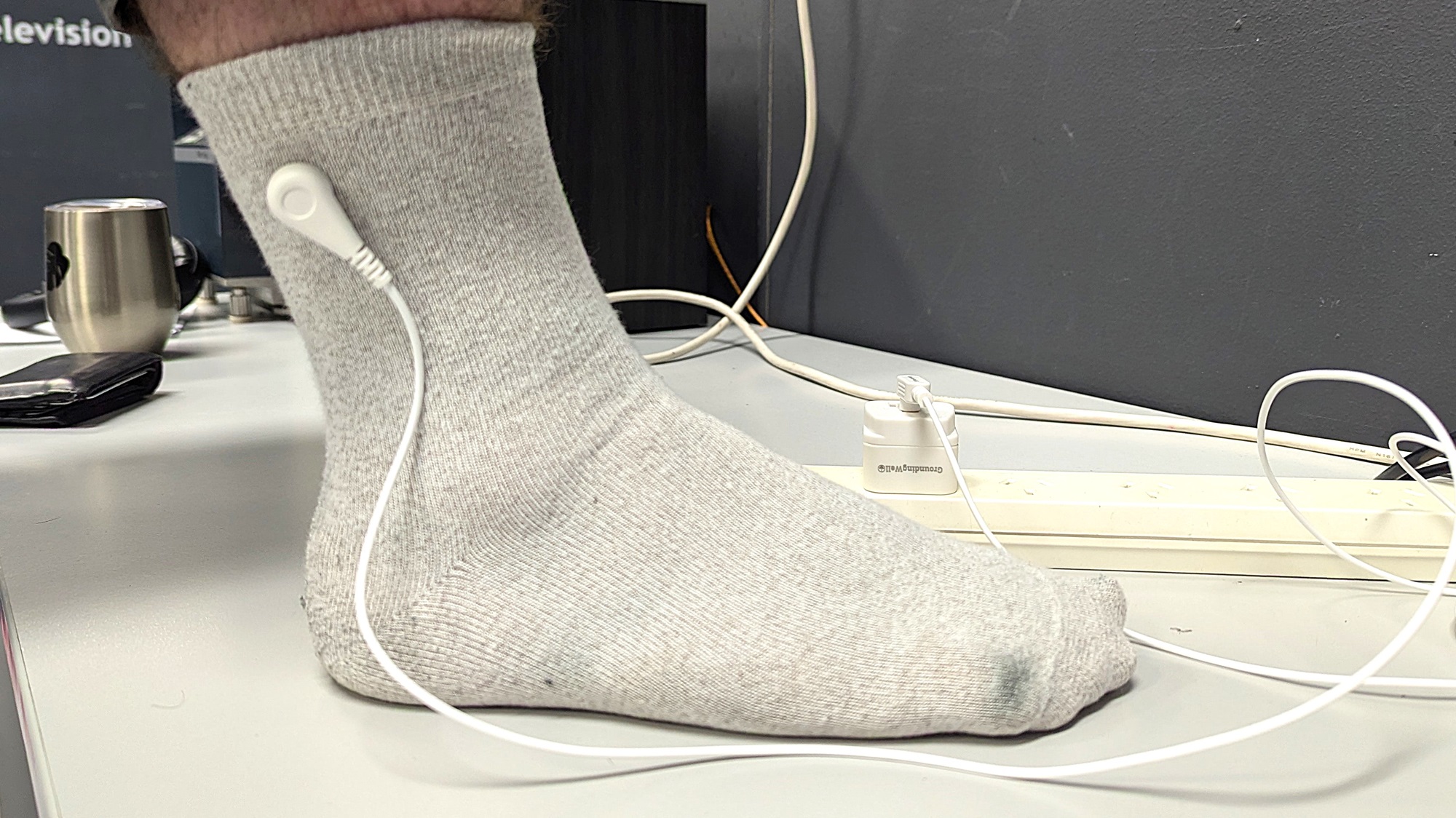
“Proof” is also based on subjective outcomes. Things like “feeling better”, “reduced pain” and “less stress” aren’t quantifiable on their own. Test pools are often quite small as well.
For example, one study that claimed grounding can improve sleep quality among patients with mild Alzheimer’s Disease only surveyed 15 people. Another one found that grounding can help with chronic lower back pain, which is quite amazing until you consider that the researcher only used 12 people and that it was backed by a massage business – that offered grounding services.
And finally, arguments in support of grounding largely come from pilot studies with conclusions that are rarely conclusive. Scroll to the end of a grounding research paper and it will usually wrap up with something like: “Grounding appears to be causing these effects but we don’t know why. Further research is required.”
Are the grounding socks safe?
On paper, the socks are safe as long as you’re only connected to the grounding port. But while the grounding cable is designed to fit in the grounding socket, the wall adapter connects to all three points in the electrical socket – so you just have to hope that GroundingWell has made sure that the live pins are correctly isolated.
Even if it is well made, the adaptor still has some glaring flaws, according to Carl.
“The adaptors are not approved for use in Australia and therefore can’t be considered safe,” he explains. “An obvious problem is the omission of the insulation required on the live pins where they exit the adaptor body. This has been a requirement in Australia since 2005.”
One foot in the ground
Is there enough evidence to conclusively say that grounding, and therefore the GroundingWell Socks, don’t work? No. Is there enough evidence to prove that the socks do work and are worth the $40 price tag? Also no. But not only did they fail to deliver promised results, they’re also poorly made and difficult to use.
Grounding could very well be an effective tool, but more than thirty years of research hasn’t been able to figure out how and why. All of the maths and machines in the world can’t change the fact that so much of the “proven evidence” is anecdotal and you can’t sell science on stories alone.

